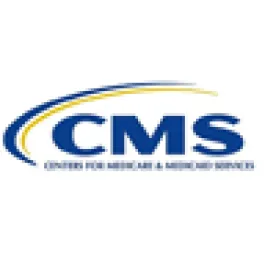Furthering the agency's stated intention to pay for value over volume, the Centers for Medicare & Medicaid Services (CMS) recently issued a proposed rule representing the first expansion of mandatory hospital-centric bundled payment models to non-elective procedures and for a patient population with a large proportion of chronic conditions. It is apparent that CMS views bundled payments as a reimbursement paradigm of the future to promote better care coordination and improved patient outcomes, while also reducing costs for the overall Medicare program. Some 30 percent of Medicare payments already flow through alternative payment models, and when finalized this Rule will move CMS closer to its stated goal of achieving 50 percent by 2018.
The proposed rule, issued on July 25, contains three new components and also expands and revises certain aspects of the Comprehensive Care for Joint Replacement (CJR) payment model which began April 1. Major elements of the proposal include:
-
A new retrospective bundled payment model for cardiac care (Cardiac Model), including acute myocardial infarction (AMI) and coronary artery bypass graft (CABG), in 98 randomly selected metropolitan statistical areas (MSAs) which will be named in the final rule; [more...]
-
A new incentive payment model (Cardiac Incentives) to encourage increased use of cardiac rehabilitation in 90 MSAs (45 of which will be the same as those selected for the Cardiac Model);
-
Proposed pathways for physicians participating in various CMS bundled payment models to qualify for payment incentives under the Quality Payment Program implementing the Medicare Access and CHIP Reauthorization Act (MACRA); and
-
Expansion of the CJR payment model, now applicable in 67 CJR MSAs, to include episodes for hip and femur fractures that do not require a lower extremity joint replacement already covered under CJR (SHFFT).
Comments on the Rule are due October 3 and, if finalized, the new episode payment models (EPMs), will begin July 1, 2017, and continue for five performance years through December 31, 2021. CMS has not yet identified the 98 MSAs required to participate in the Cardiac Model and will make that announcement when the Rule is finalized. Hospitals participating in other voluntary Medicare programs, such as the Medicare Shared Savings Program (MSSP), and other Accountable Care Organization (ACO) based models, are encouraged to continue participation in such programs but will still be required to participate in the new EPMs as applicable. However, certain hospitals will be excluded from participating in the Cardiac Model, including hospitals participating in BPCI Model 1 or Phase II of Models 2 or 4 for covered episodes. Like CJR, overlap with the Bundled Payments for Care Improvement (BPCI) program is intended to be minimized by exclusion of MSAs with high BPCI participation rates.
Many elements of the Cardiac Model mirror CJR, including significant inspiration from BPCI Model 2. As with BPCI Model 2 and CJR, participating hospitals and other providers will continue to receive standard fee-for-service (FFS) payments throughout EPM performance years. Thus, although all models represent alternative payment methodologies they do not require a reinvention of Medicare billing or payment infrastructure. Instead, use of retrospective bundled payments permits CMS to build on the existing FFS system, while also incentivizing performance in comparison to financial and quality benchmarks.





 />i
/>i

